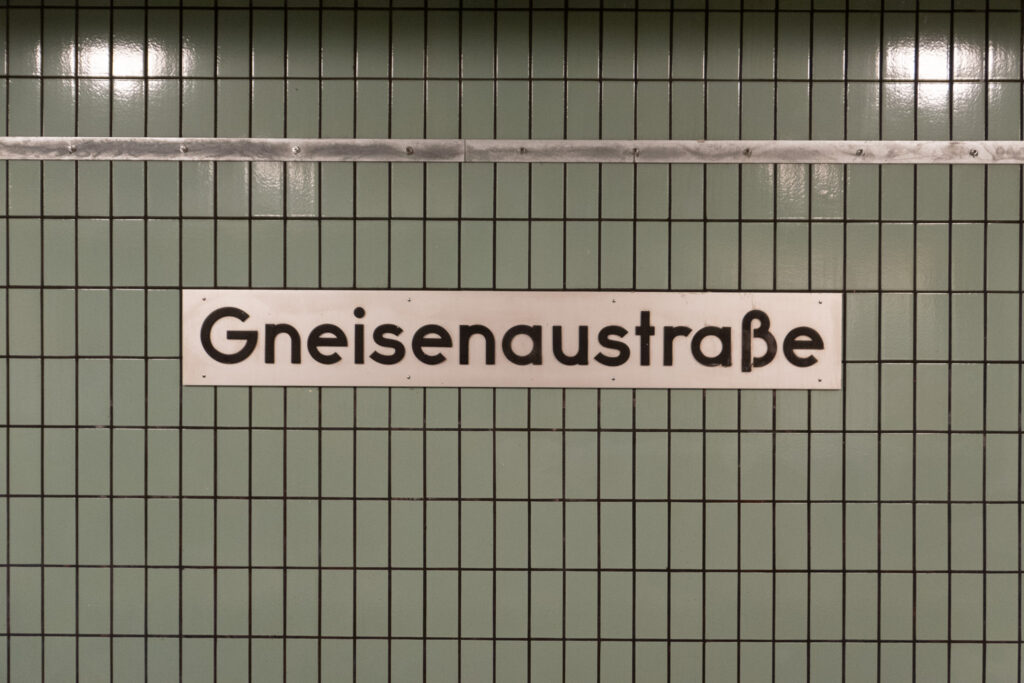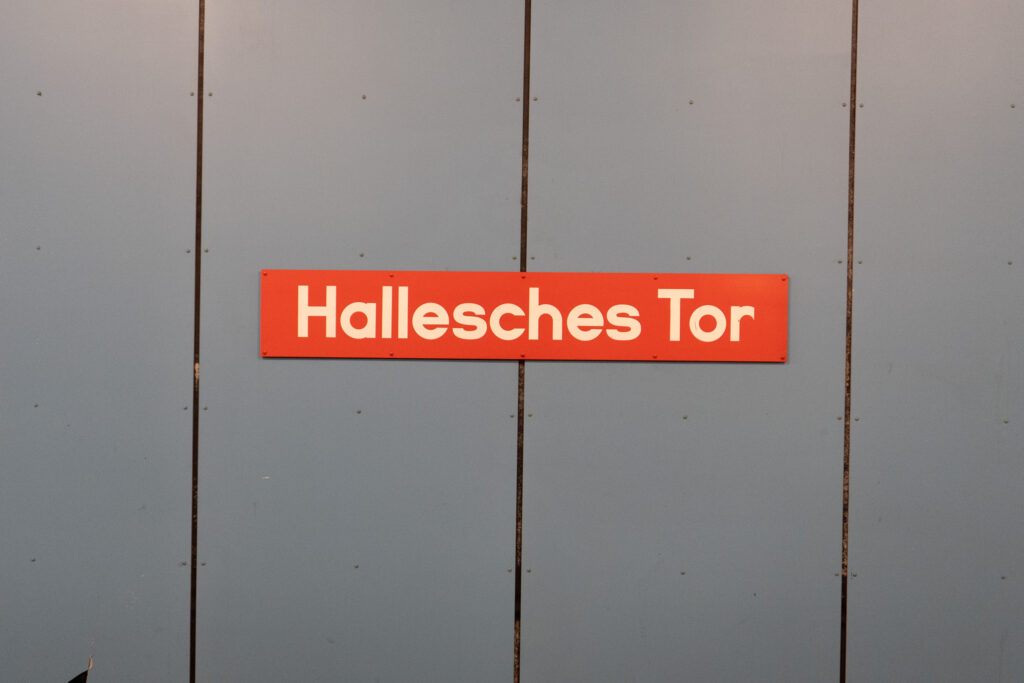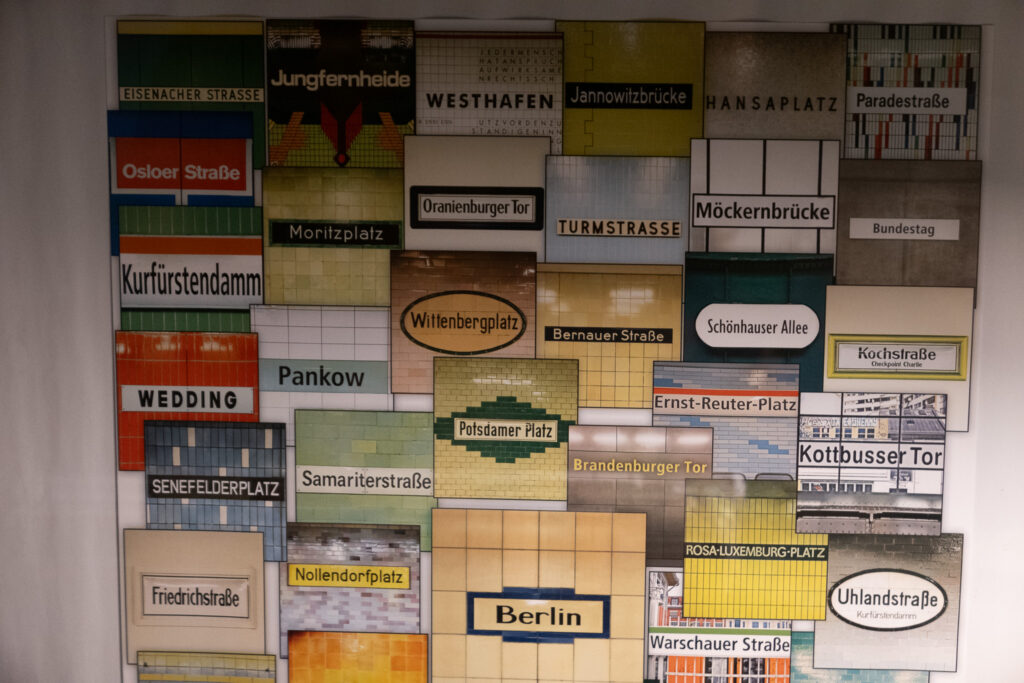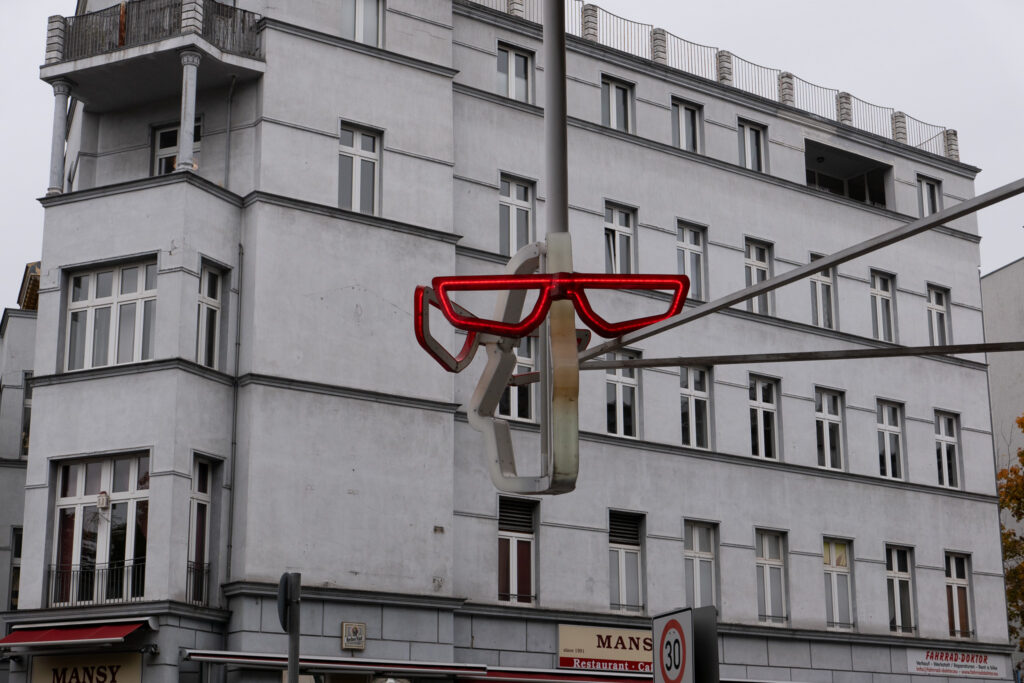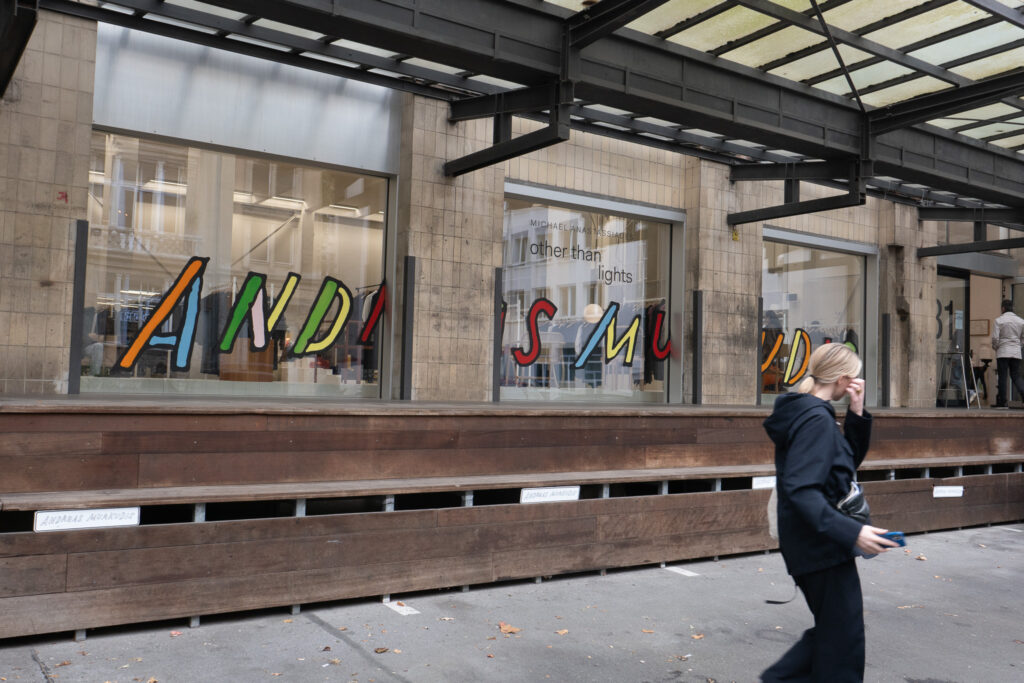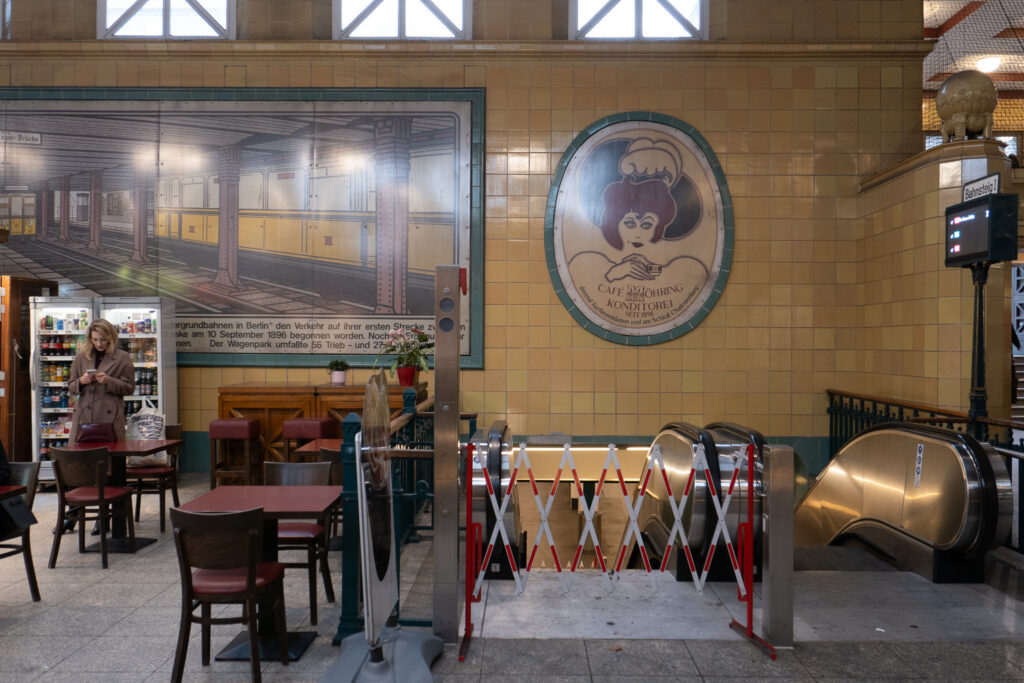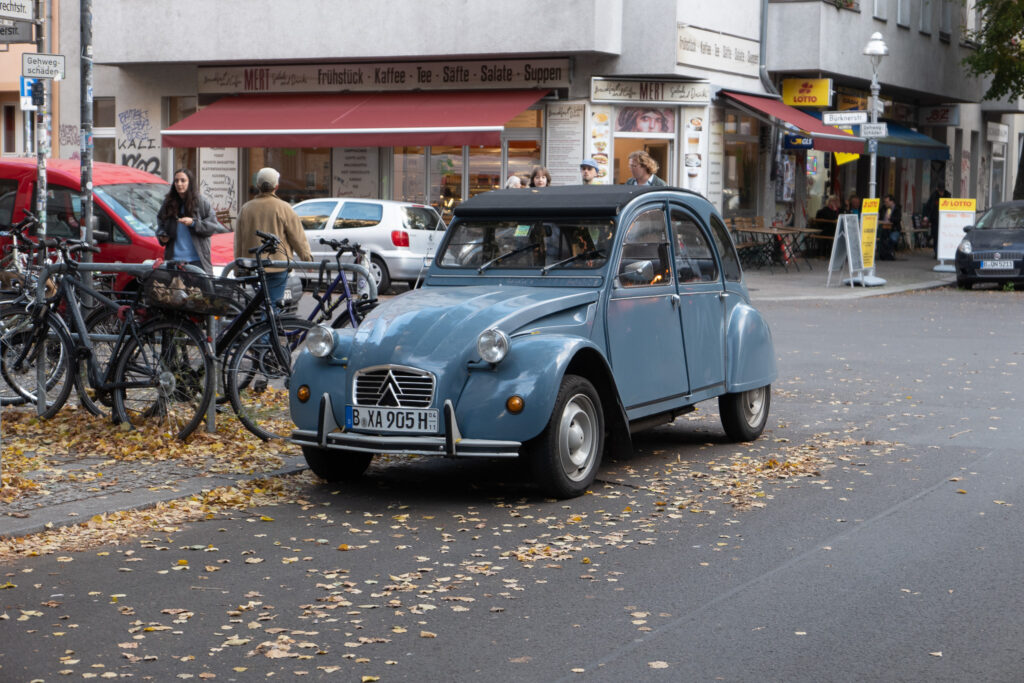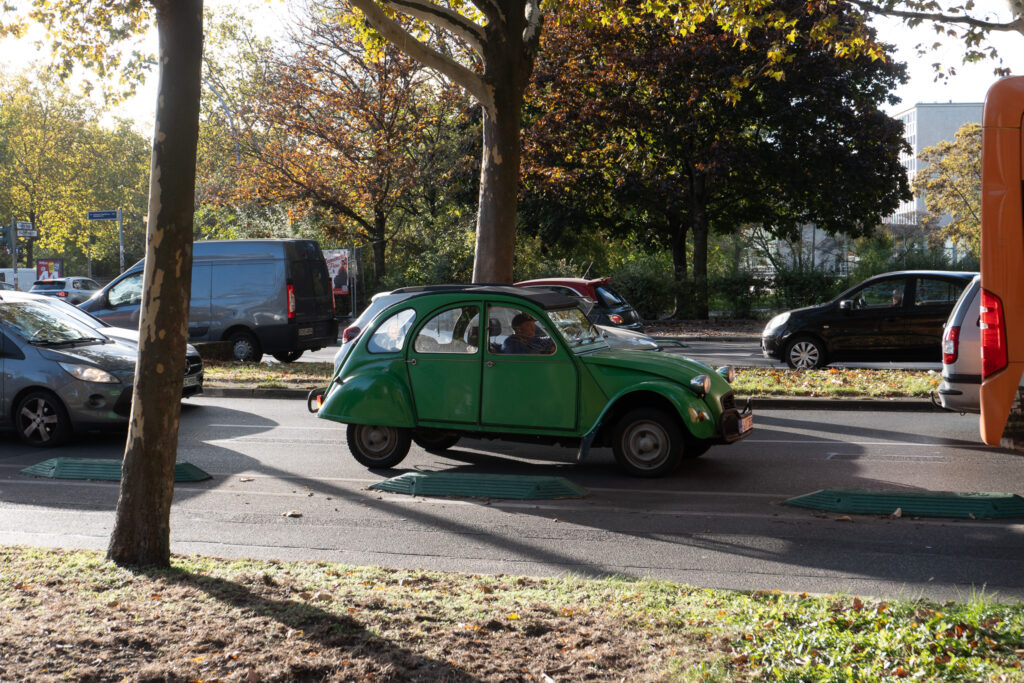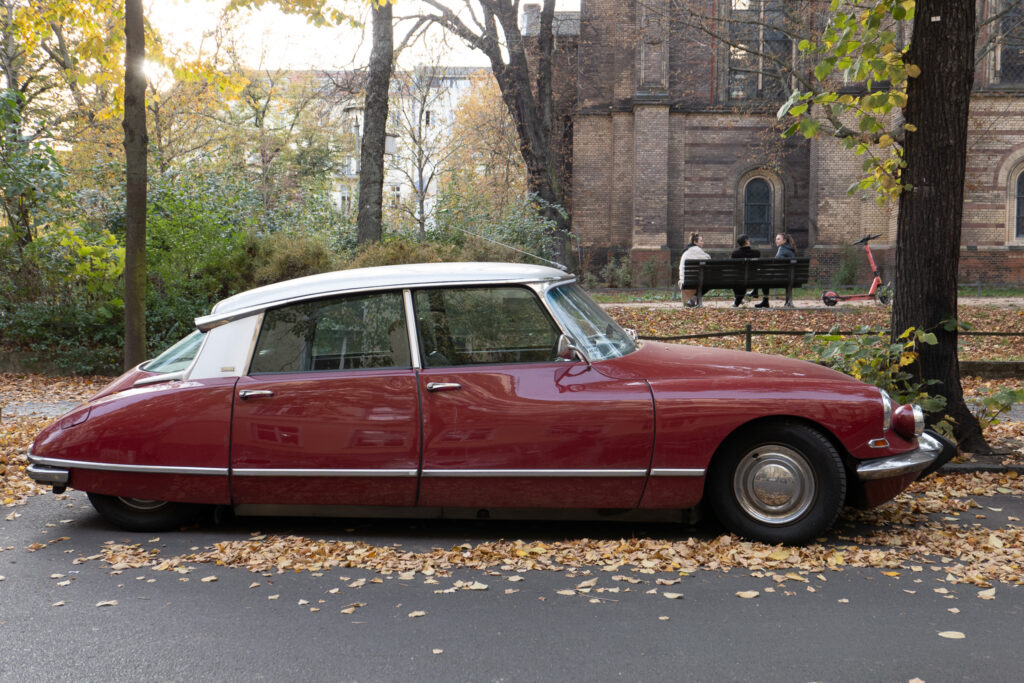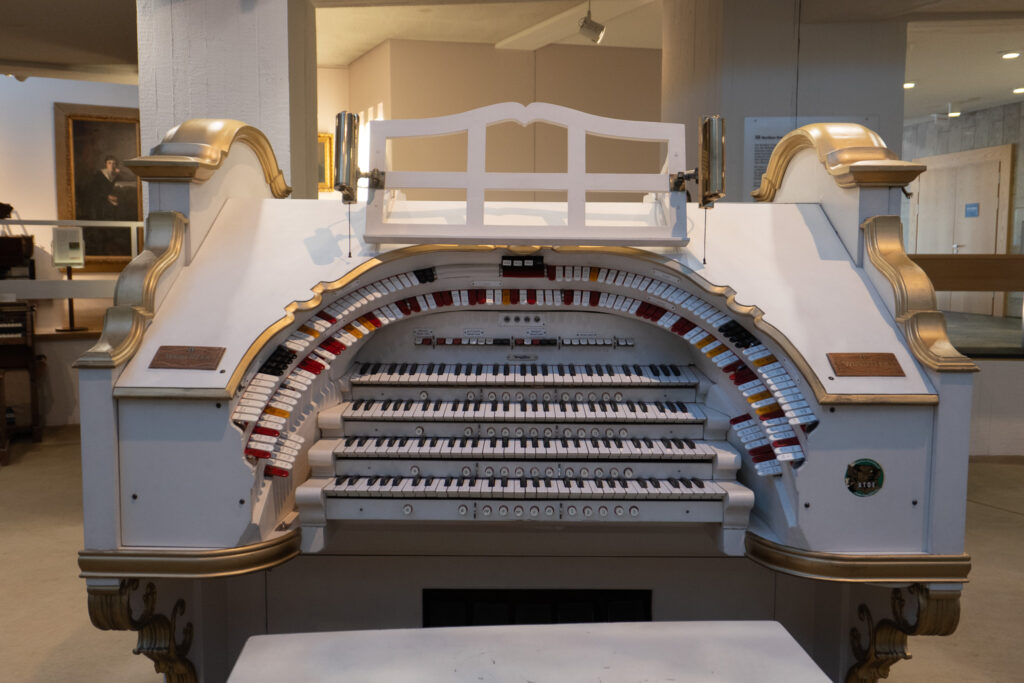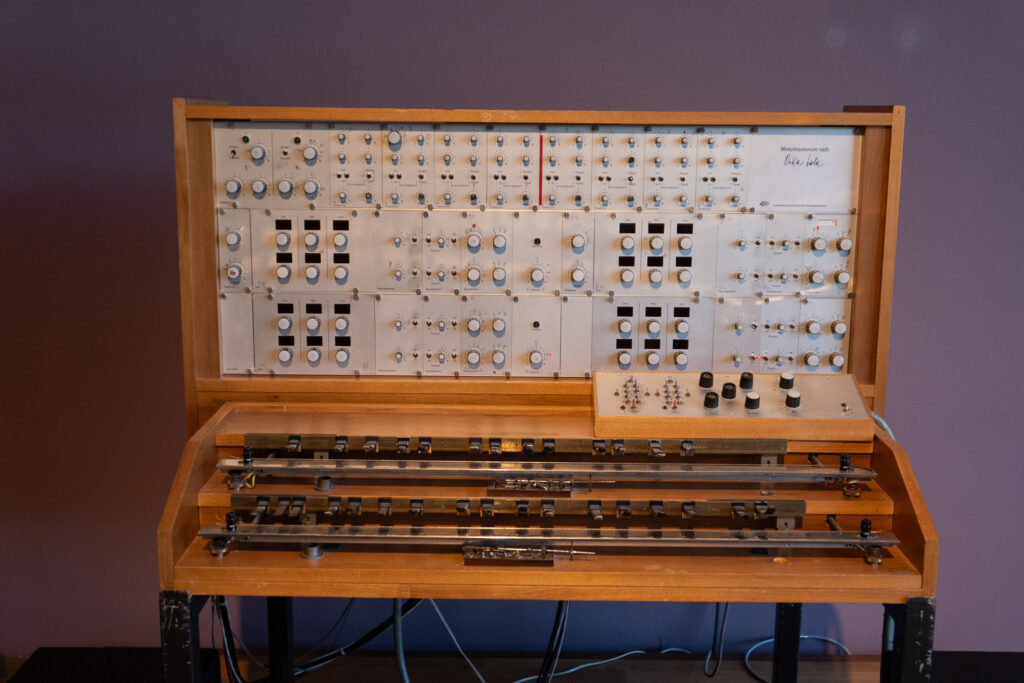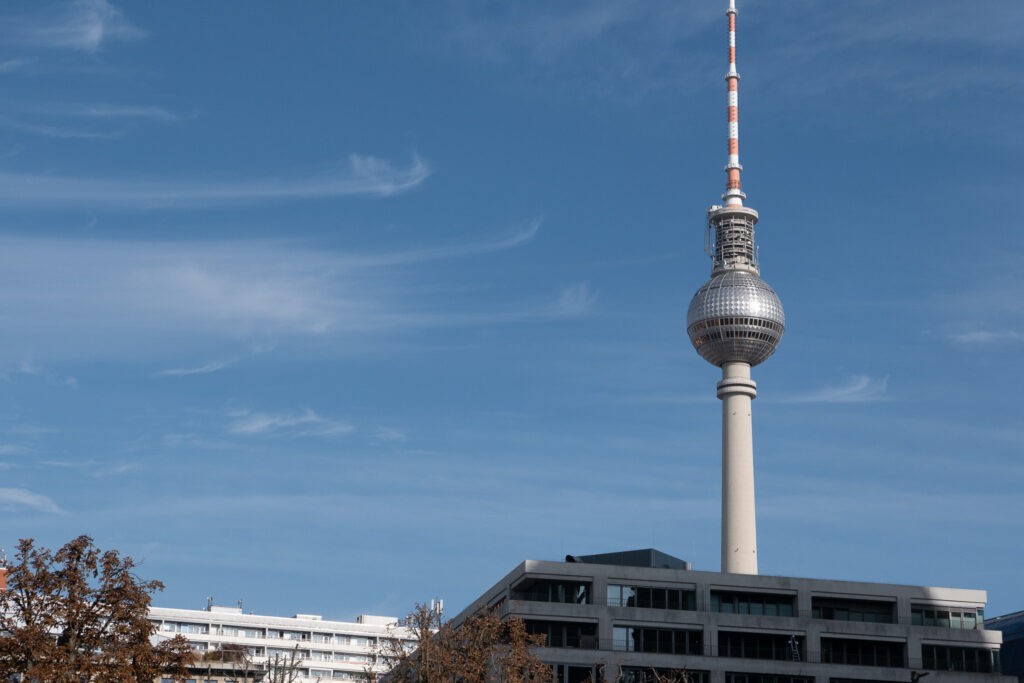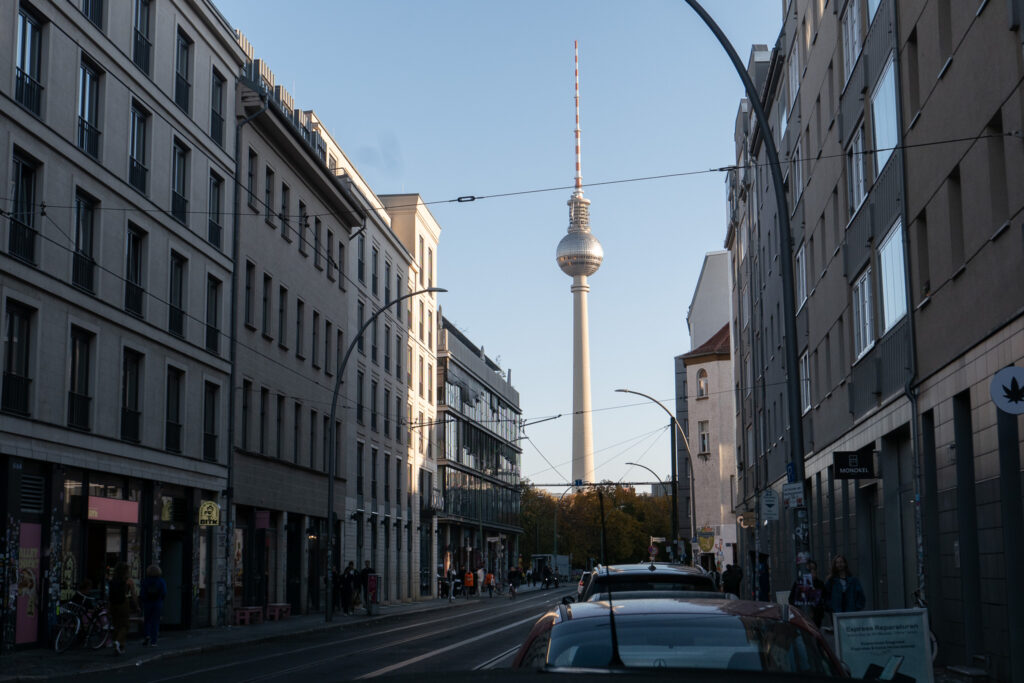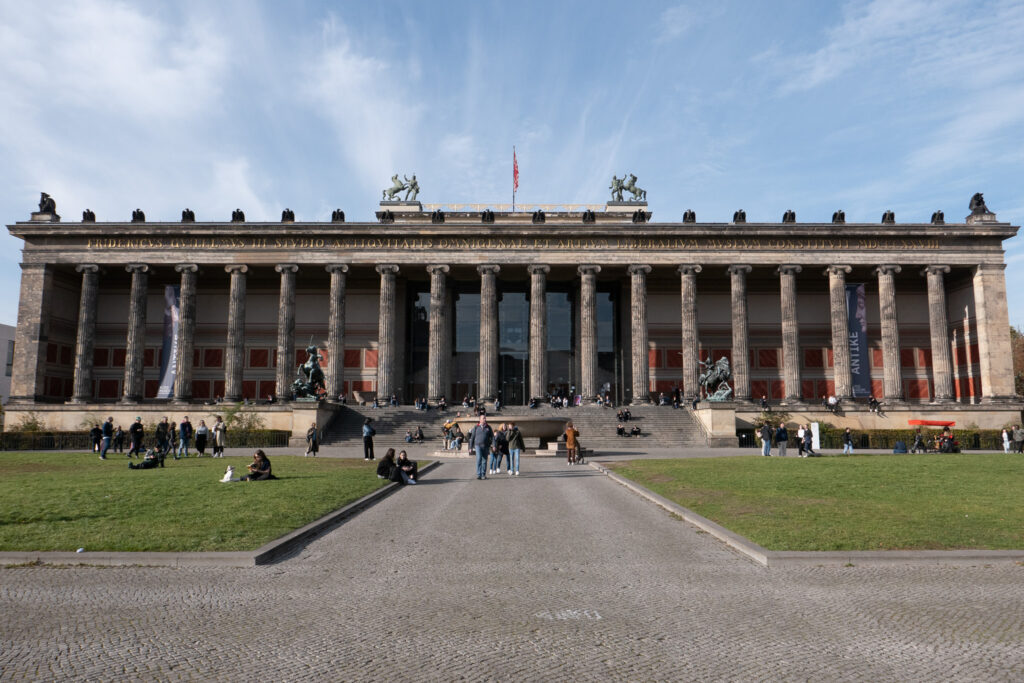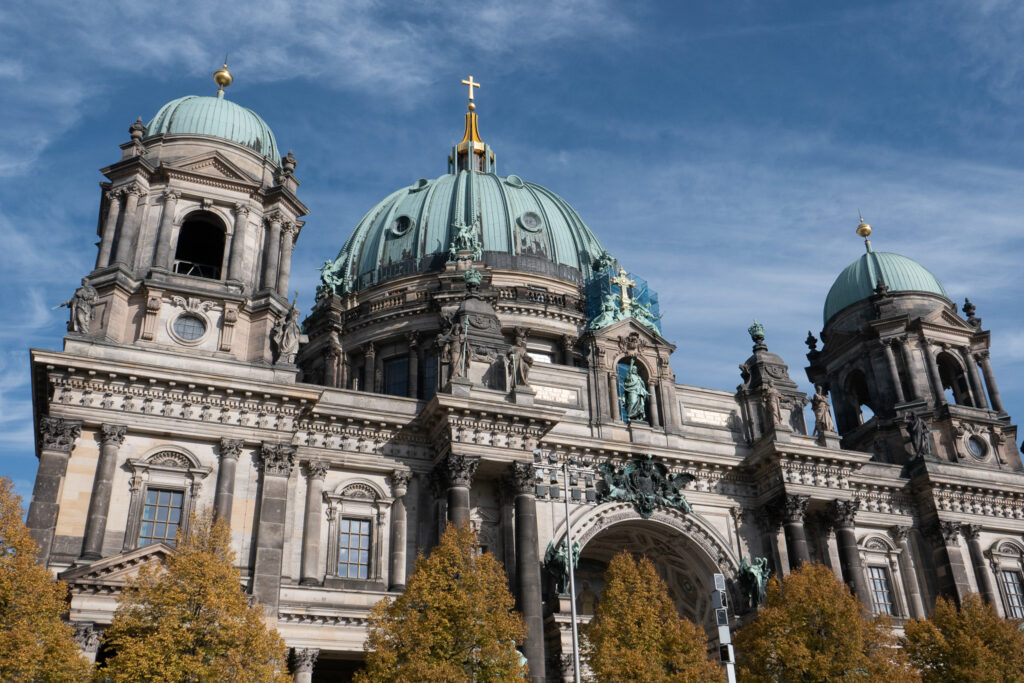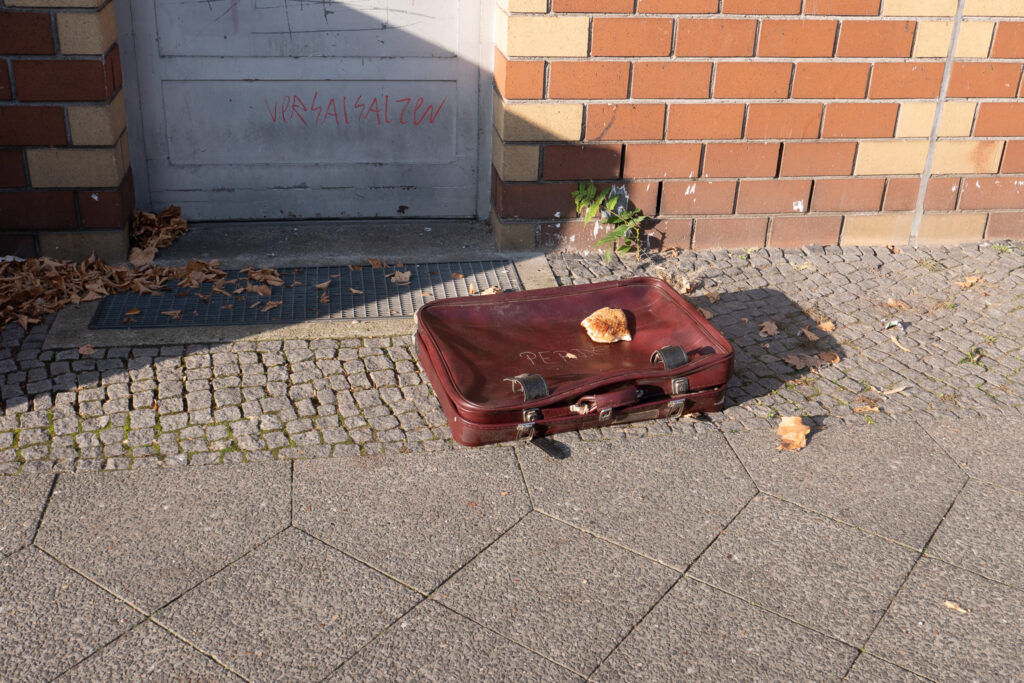

I came from London to Berlin, and because of the UK's Brexit, there were additional immigration checks, so there were a lot of people. I was confused because the passport check took longer than the flight time. If possible, I recommend not to go to another EU country from London. Maybe it was because I was not feeling well, but I didn't like anything about Brandenburg Airport. I hated the brown signs and the colorful bears.
I visited Berlin 10 years ago. When I was passionate about pure art, I stayed there for quite a while because I heard there were many creative artists and great techno music. At the time, it was hard to get information, so I didn't know what was going on, but on this trip, I found a lot of hidden charms.
When I visited after a long time, I thought it was a good place to live. The monthly rent is cheaper than in other cities, and you can easily go anywhere with a bicycle. After experiencing the strong cost of living in London, I was happy that the prices at the supermarket were really cheap. The food variety was also much more diverse. I felt a sense of leisure from people buying ingredients at the local market and reading books in the park. The city is not sophisticated, but it is a beautiful city with a rough freedom.
It's all right angles. There are many tall rectangular windows vertically and wide rectangular buildings horizontally. All the elements are stretched out without decoration or curves, like a rectangular fractal. The streets are wide and the buildings are large, so the sidewalks, bike paths, and car paths are all wide, and each component of the building is large, so it feels like we're in a land of giants.
The façade of the building is almost devoid of decoration. There is a minimal framework and decorative elements are thoroughly excluded. The side is often a bare concrete plane. The stones used for the columns and supports are really large. The surfaces and joints are not polished, giving a rough feel. It feels as if a large block of concrete was cut with a laser. It was surprising that even the largest department store, Kadewe, is not decorated much.
There is a hidden courtyard inside the rectangular building. The stores do not put up posters or signs, so it is often difficult to know where they are and what kind of store they are. It is spread out in a shallow density and there are many hidden stores, so it feels like you are looking for hidden gems in the space. Every time you enter the courtyard, it is like opening a box. The most famous courtyard is Hackesche Hoffe, Hoffe means garden in German. Several buildings are connected to form a single space. I was surprised to see so many unique stores gathered in one place, but there are almost no franchises.
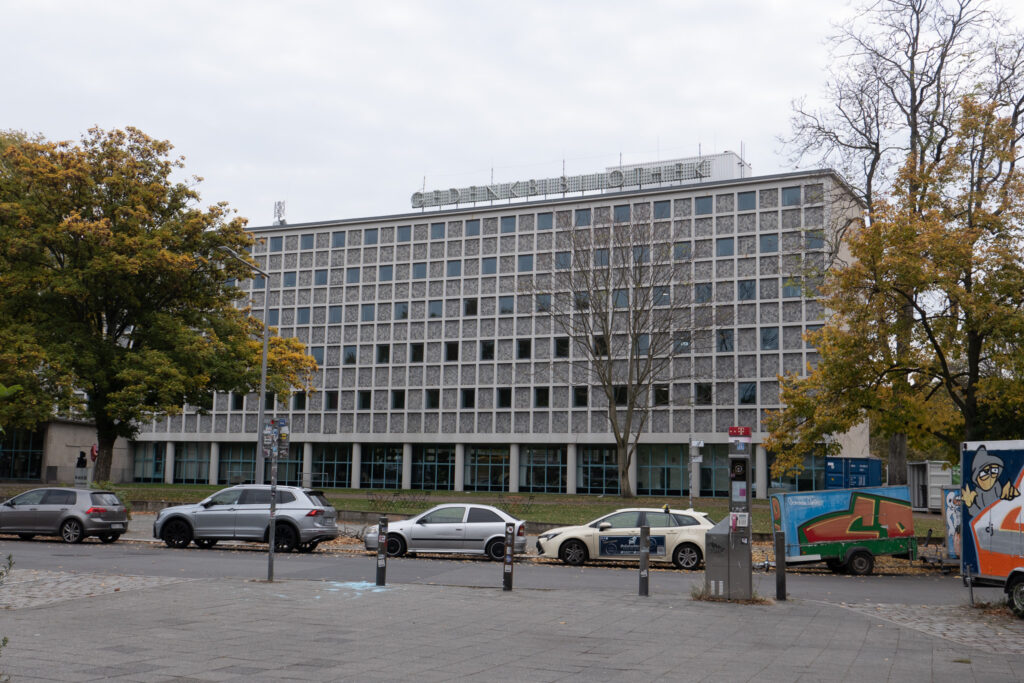
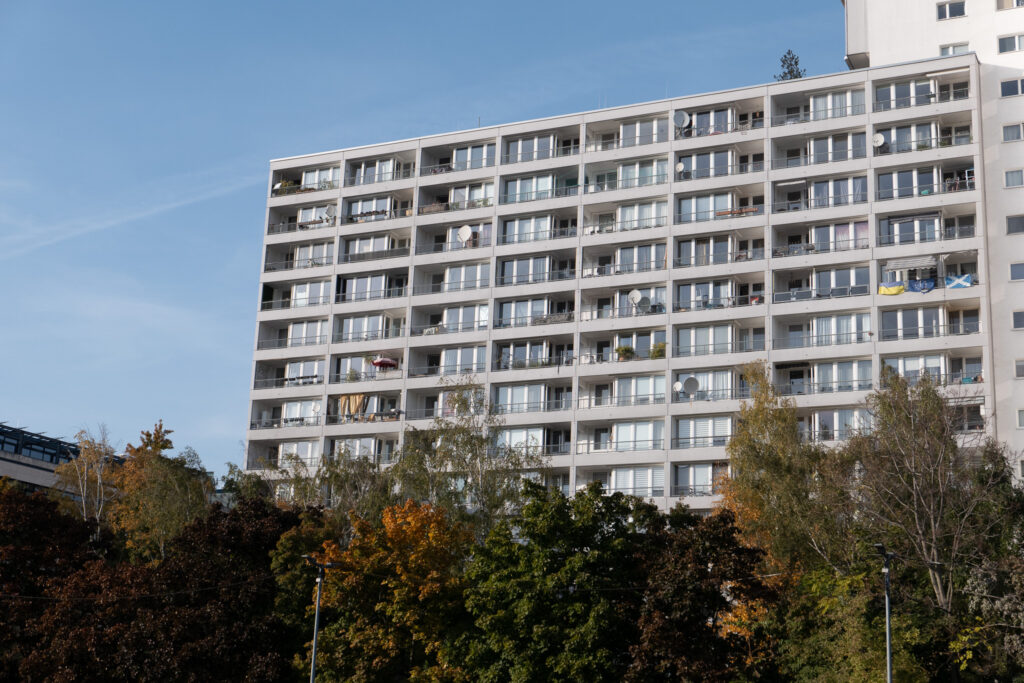


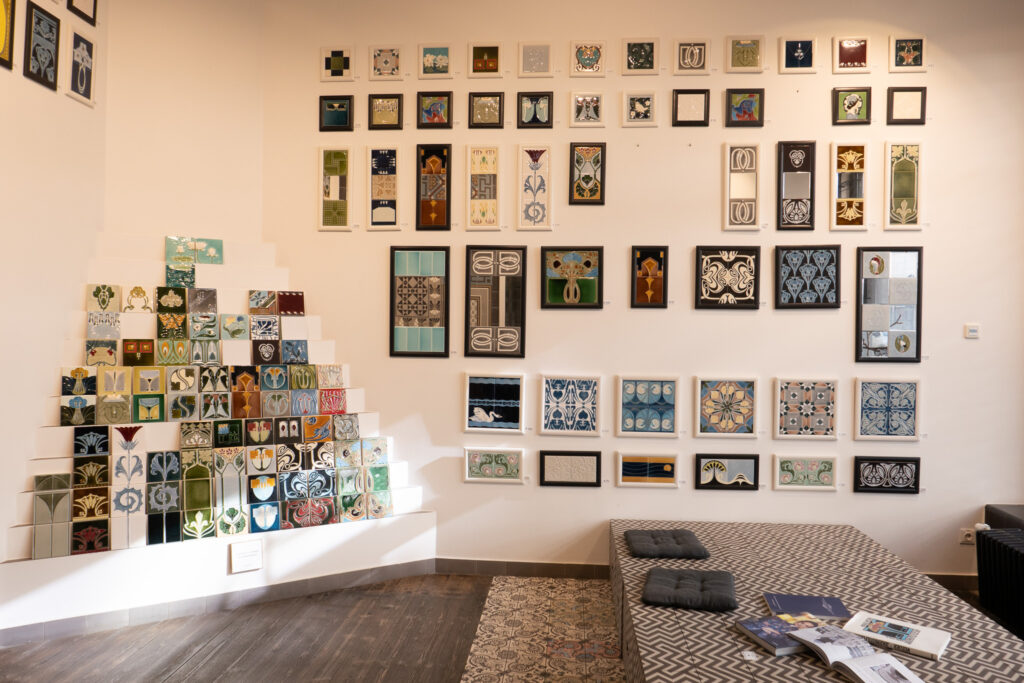

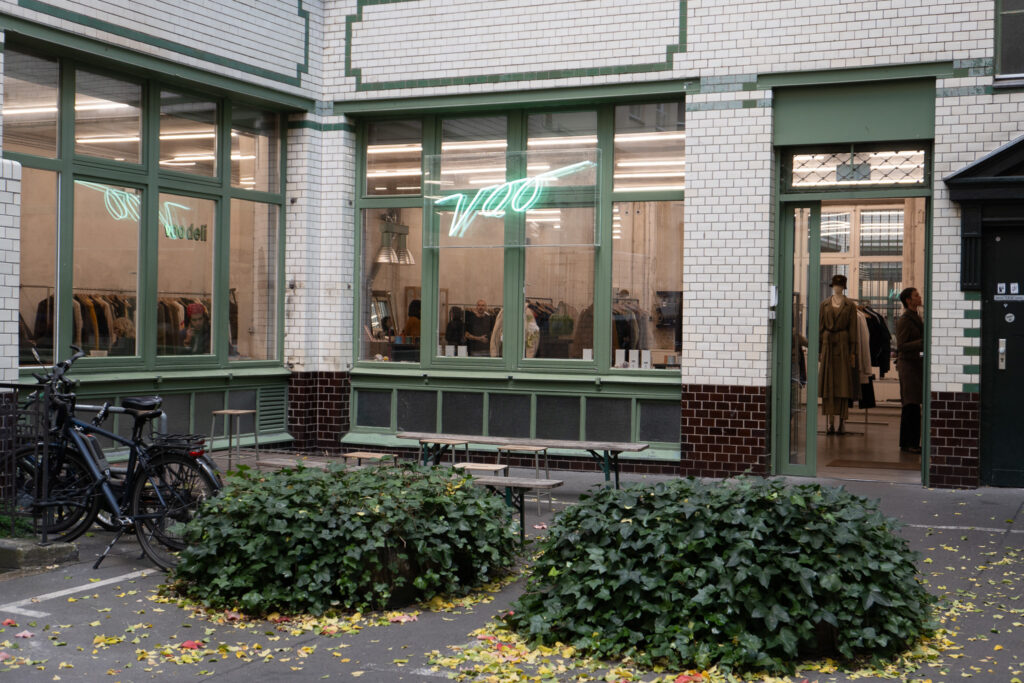
I could feel the Bauhaus aesthetics everywhere in the city. The yellow lights of the opaque plastic lights that can be seen in each building are attractive. The interior walls often use simple tiles without decoration, and the subway does not use decoration to the extreme. There are also few guide signs, so I sometimes got lost as to where to go. I thought that only the essentials were left for the function, but at the same time, I thought that there was so little that it felt like a blank space rather than a margin.
Among the buildings that were all rectangular, there was one that had a particularly beautiful contrast. The Paul Löwe House of the German Federal Parliament, located next to the magnificent Berlin Reichstag, looked like a Bauhaus editorial design in reality. German architect Stefan Braunfels designed a transparent and open building using glass and steel. The wide square surfaces and thin roof looked like a grid.
The New National Gallery, completed in 1968 by German architecture legend Ludwig Mies van der Rohe, is a magnificent space made entirely of glass and steel. It is surprisingly large, but the interior of the space is structured so that you can move freely without any pillars. The glass is transparent, making the huge rectangular roof seem to float in the air, and the grid structure made entirely of steel and glass gives off an extremely simple and pure feeling.
I wanted to buy a small souvenir to commemorate Berlin, but surprisingly, it was difficult to find German products that I liked. So, I visited the Bauhaus shop that was temporarily open while the Bauhaus archive was being renovated, and it was better than I expected. The shop sold not only Bauhaus products but also products from various designers who inherited the spirit. Although not German products, I was able to find salt shakers and pepper shakers that were full of the unique geometric aesthetic of Bauhaus.
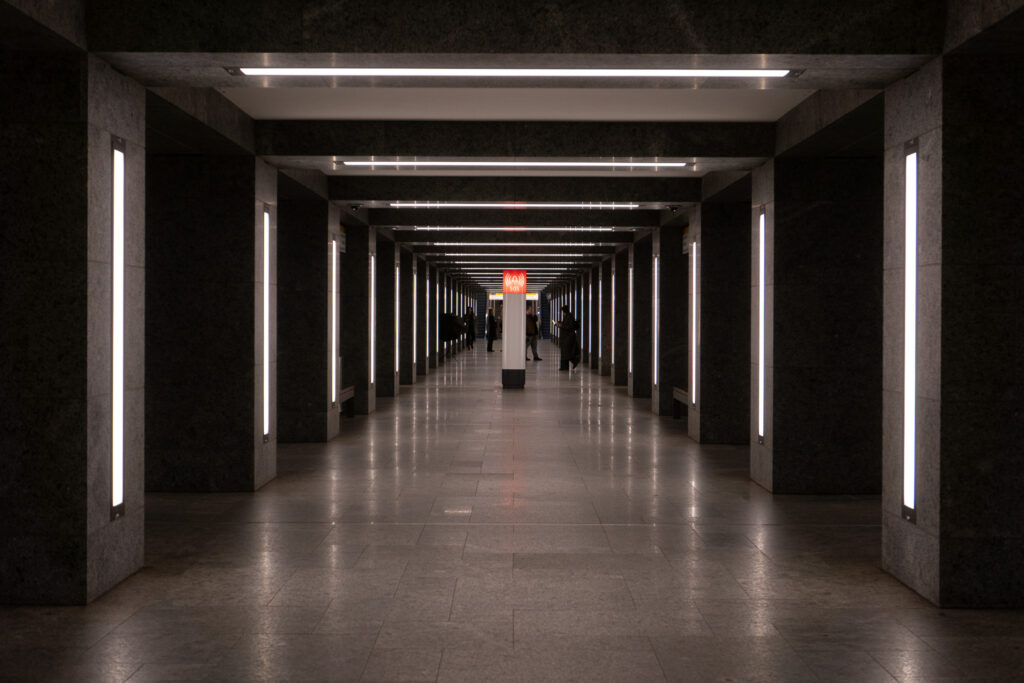
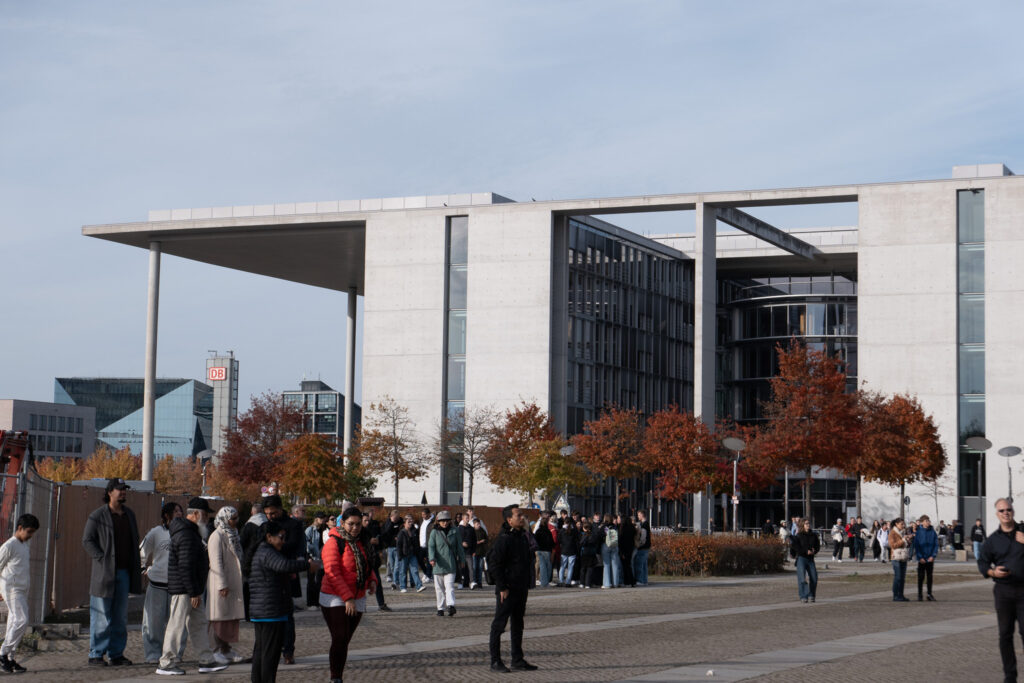
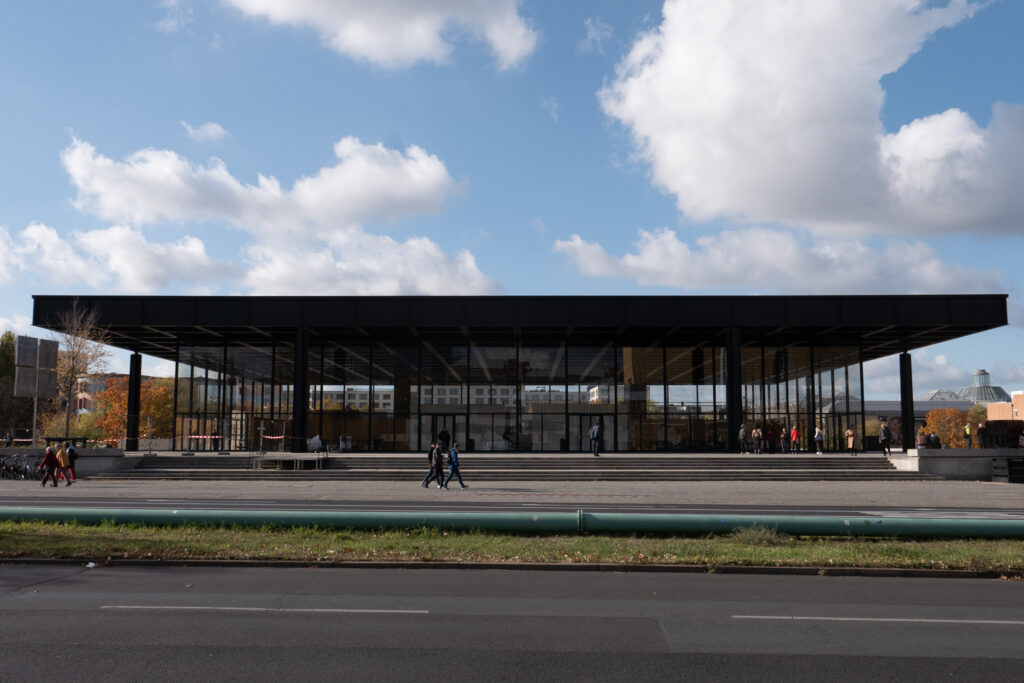
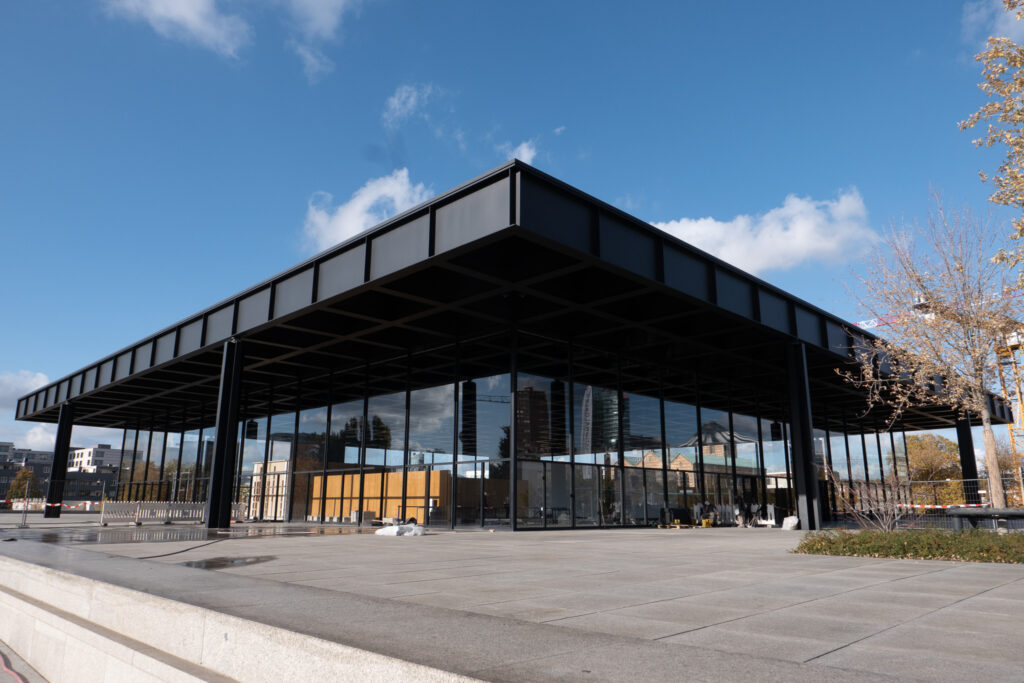
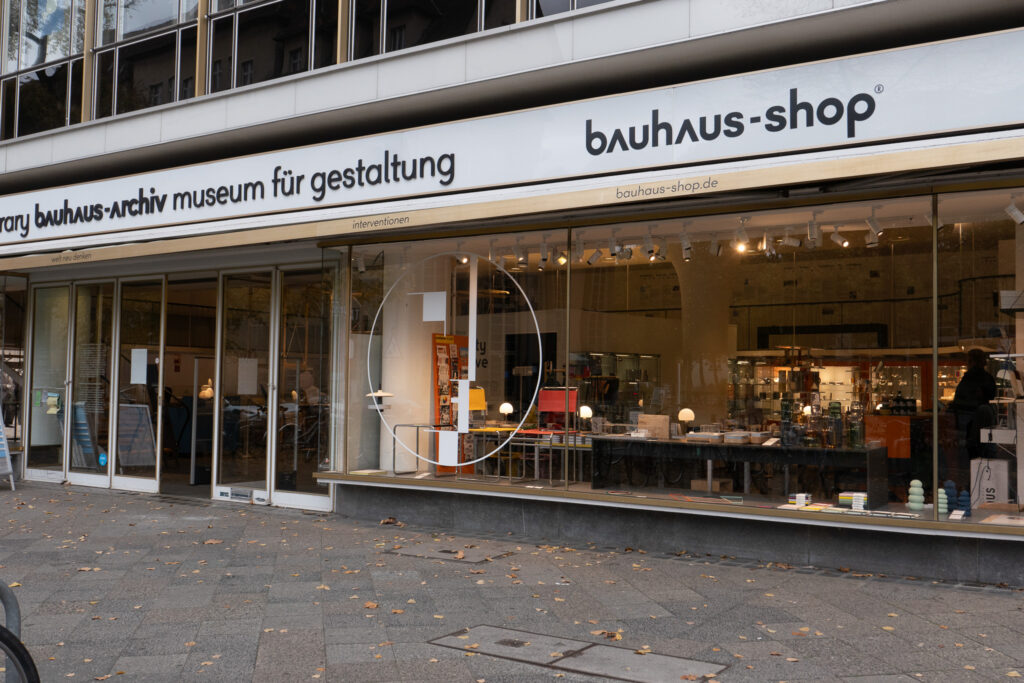
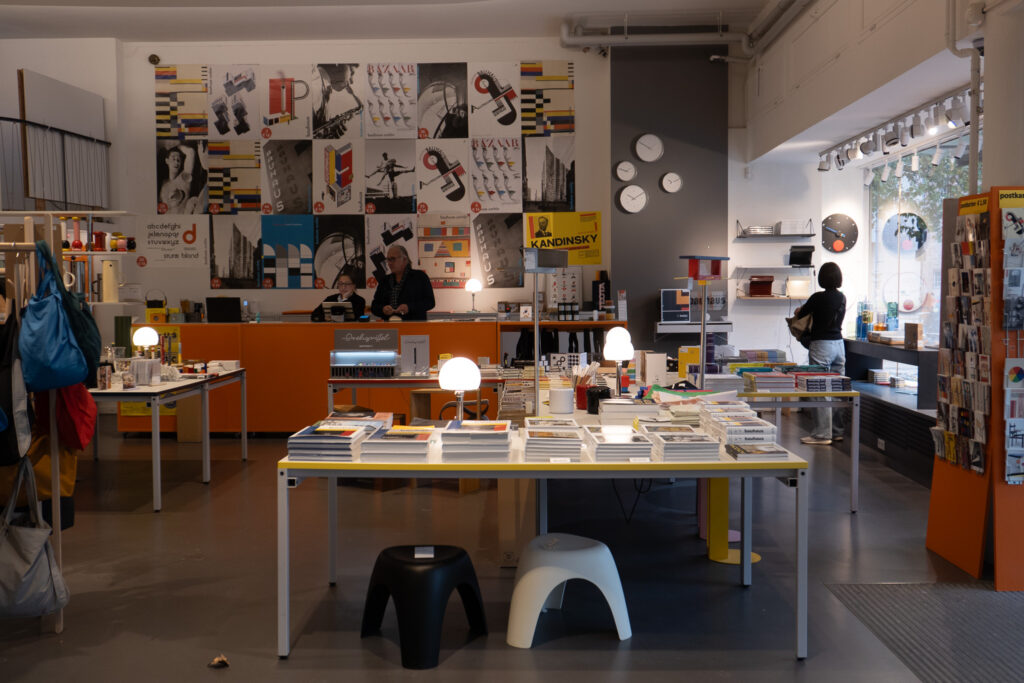
It wasn't just vintage, it was Berlin vintage. Before I looked closely, I only knew about dirty graffiti, but even that was one of many styles. There were many spaces that didn't decorate too much, but had their own aesthetic. A store that only collected Vivienne Westwood's vintage items, an absinthe bar for artists that not many people visit anymore, a store that only sells leather belts, a lighting store with a full mid-century modern feel, etc. They had such a strong personality that I wondered if anyone would buy them. There was something about the sculptural awkwardness that made them even more attractive.
Many elements that remind you of East Germany added to the vintage feel of Berlin. It is said that many people still have a nostalgia for East Germany because of the invisible differences between East and West Germany after reunification. At VEBorange near Mauerpark, I was able to look around old products used in East Germany. As the name suggests, there were a lot of orange products, and I was able to see many medium-sized plastic products that people used in that era. The nearby Volksbühne (People’s Theater) built in 1913 and the Babylon Cinema opened in 1929 felt like buildings from a socialist country at first glance. They are famous for their straight-line exterior and gorgeous Art Deco interior, and they still hold various cultural events and screenings.
The famous Ampelmann traffic light, a symbol of East Germany, was functional and aesthetically pleasing when I saw it in person. I didn’t think much of it when I saw it before, but when I actually observed it closely while crossing the street, I found that it was simpler in shape than the new traffic lights with many descriptions, making it more readable. I thought it was a great design because it graphically expressed the meaning of people stopping and walking, rather than just boringly distinguishing between colors. I thought it was worth referencing in brand design, where it’s important to express the same thing in a different way with meaning.
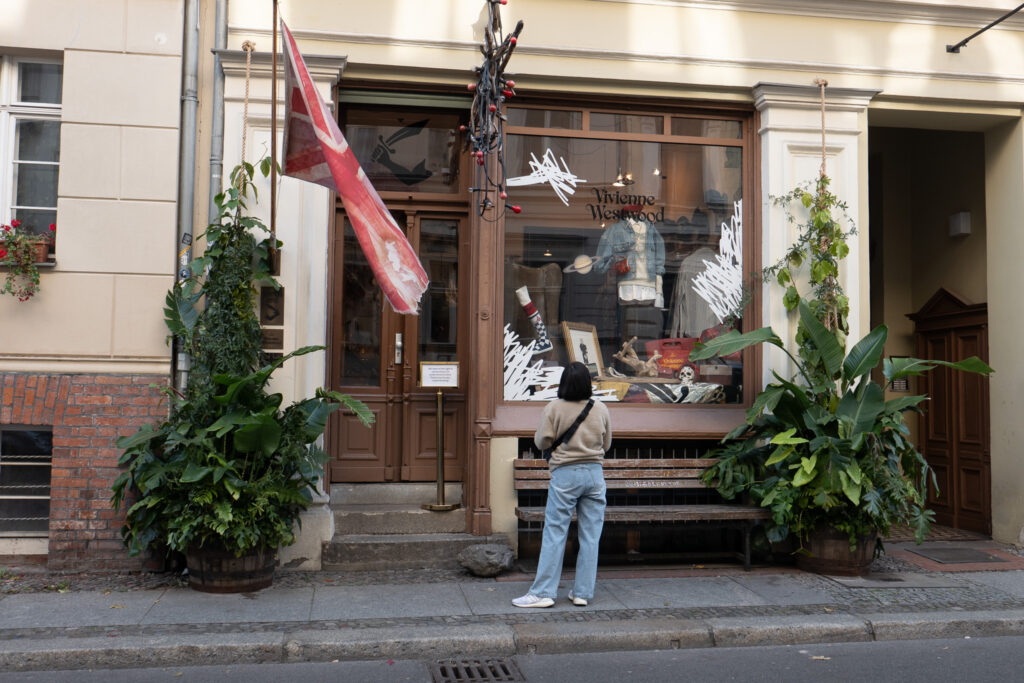

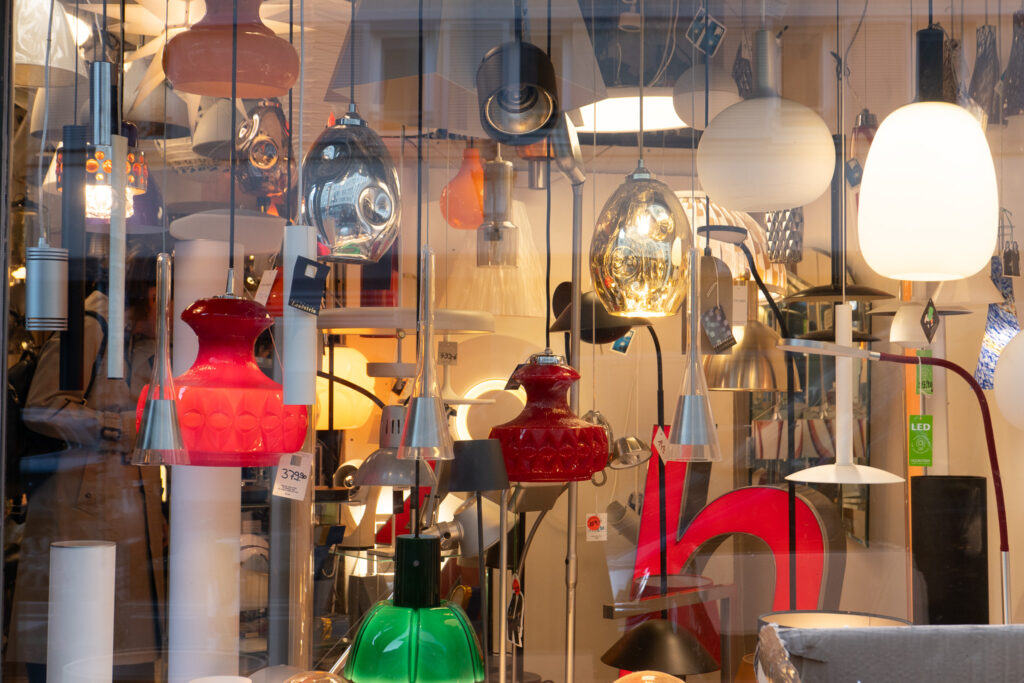
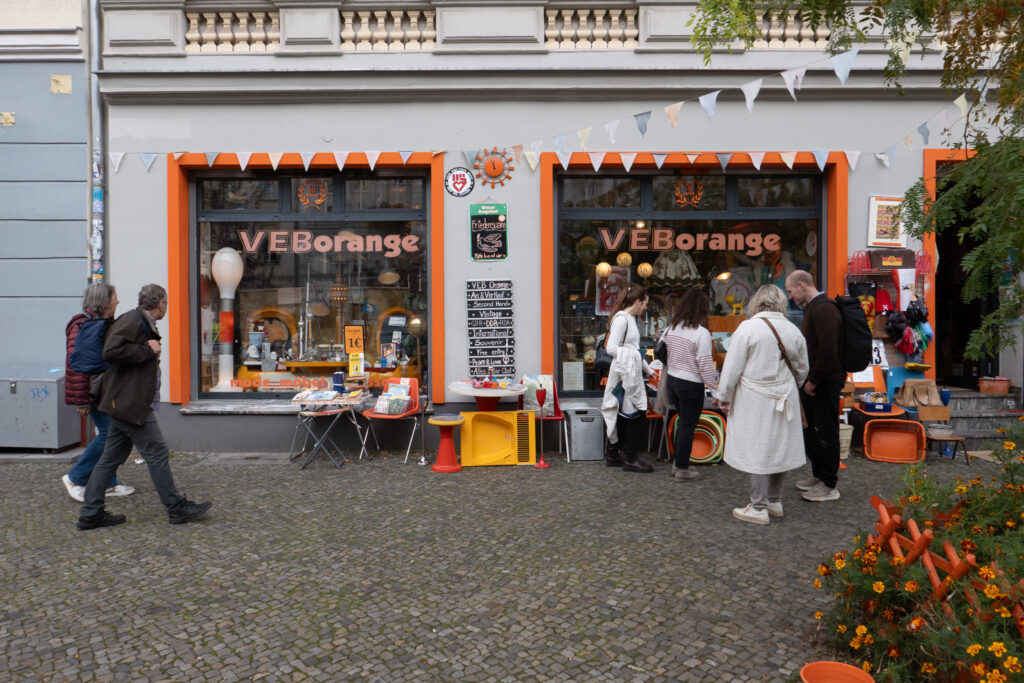
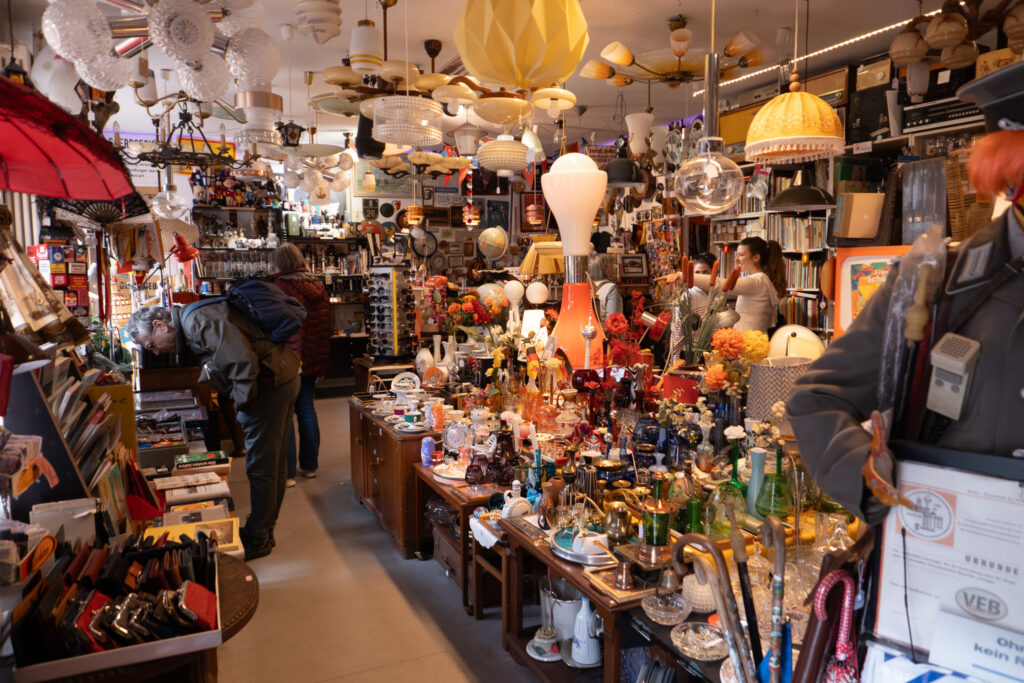
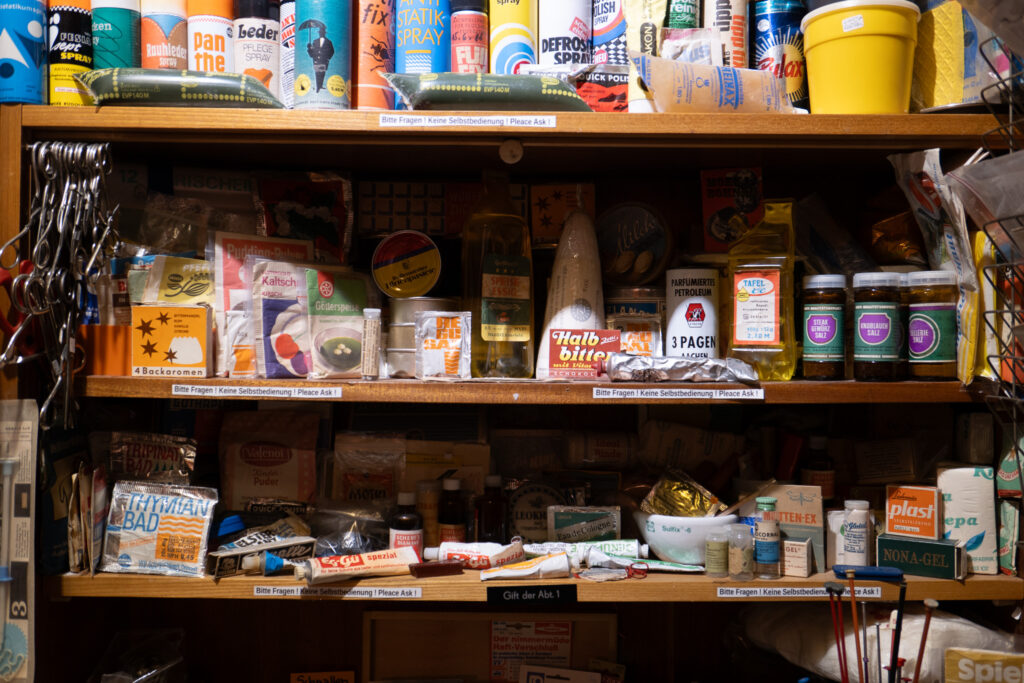
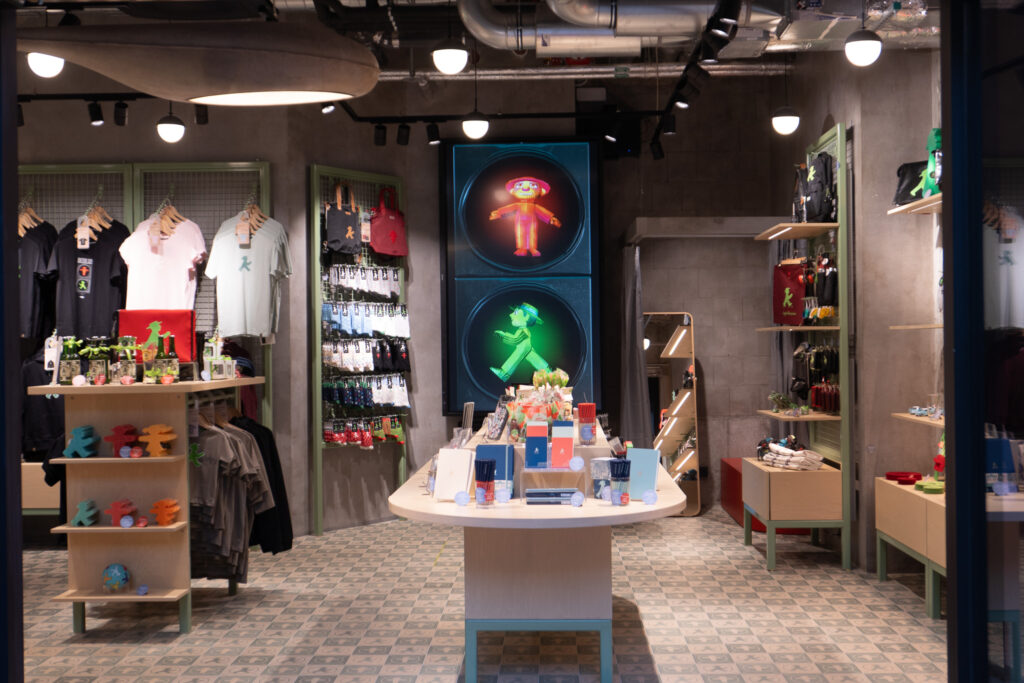
Before I went there, I had the image of Berlin as a chaotic, free-spirited place where people would wear black, listen to techno, drink anywhere, and paint graffiti (which is true), but it was a rich city with many stories.
These days, the word 'hip' is often used to describe something that is simply trendy and cool. However, hipsters started out by distinguishing themselves from the mainstream by pursuing what they wanted to do. Berliners are said to restrain their consumption by following trends and invest in things they like, and I thought that this is how Berliners are closest to true hipsters. They don't really distinguish between race, gender, and age, and they don't care what others do, which may seem indifferent, but it is an attitude of respecting each other's differences.
Berlin, where even the signs inside the subway look like they were made from materials left over from station construction. If I visit again, I'd like to try a techno club.
